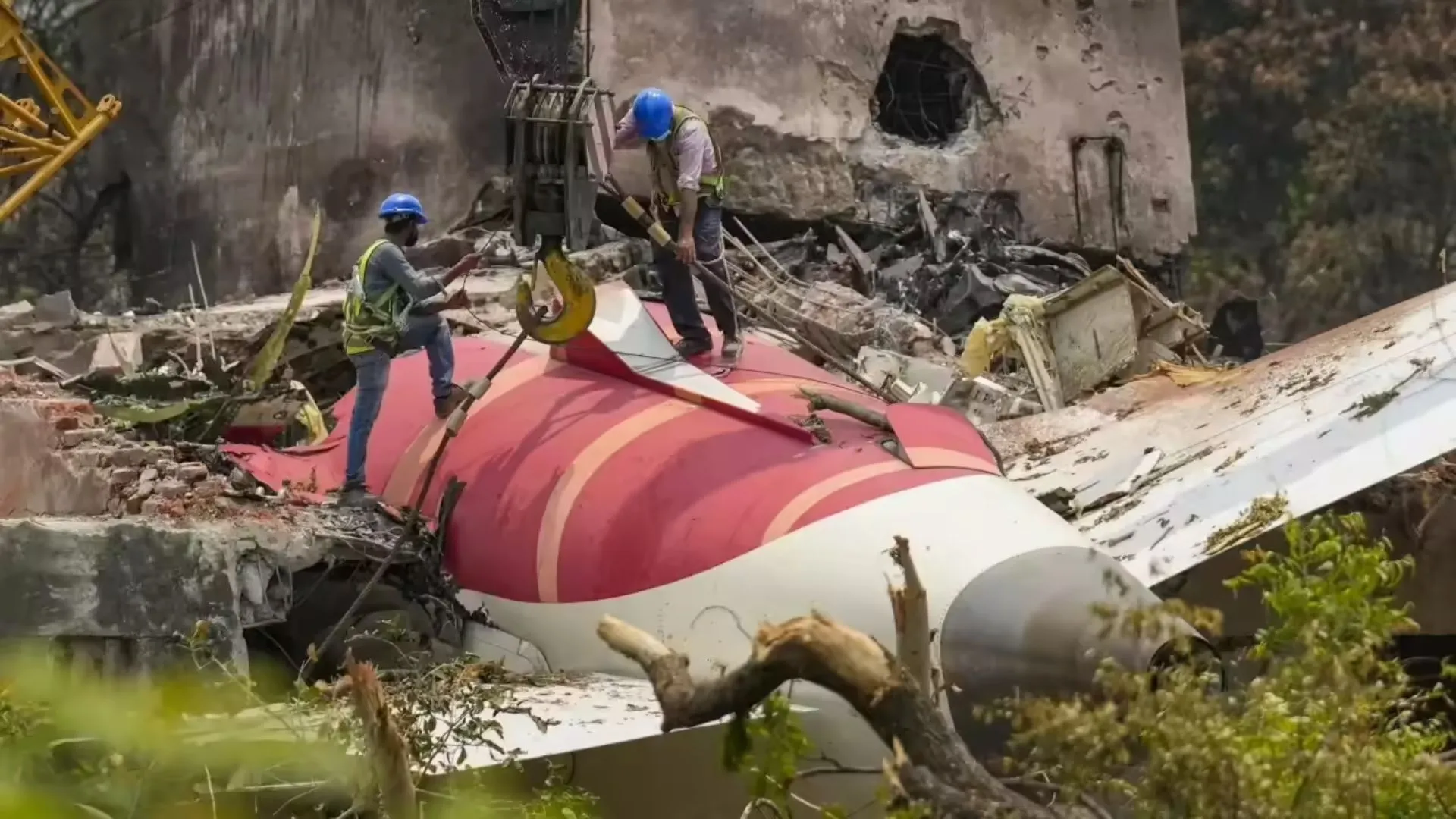The Aircraft Accident Investigation Bureau (AAIB) has filed its initial report on the Air India AI171 crash tragedy with the Ministry of Civil Aviation and other authorities, CNN-News18 said. Air India plane, flying from Ahmedabad to London, crashed within minutes of taking off on June 12, killing 260 people.
Crash Claims 260, Boeing 787 Crashes
The 241 deaths of passengers and crew members onboard, along with 19 deaths on the ground, occurred when the Boeing 787-8 Dreamliner crashed into the BJ Medical College building in Ahmedabad. Just a single passenger survived, rendering it one of the deadliest air crashes in recent history of Indian aviation.
Engine Malfunction or Power Failure Most Likely Cause
Based on the initial findings, including Air India’s simulations, a probable technical failure or engine breakdown was most likely to have caused the crash.
The report is consistent with International Civil Aviation Organization (ICAO) requirements under Annex 13 of the Chicago Convention, which requires submission of a preliminary accident report within 30 days. India, being a founding member and signatory of the ICAO, adhered to this process.
Pilot Activated Emergency RAT System
Referring to an investigation by The New York Times, the report established that the pilot had engaged the Ram Air Turbine (RAT) during the flight. The RAT is an auxiliary power device used when an aircraft experiences loss of electrical, hydraulic, or engine power.
“The RAT doesn’t have enough power to sustain the flight but might generate enough power to enable an emergency landing.”
No Asymmetrical Engine Failure, Experts Say
The Times also reported that the plane’s descent was symmetrical with no evidence of banking or yawing, which normally happens if one engine is failing. This indicates that both engines could have failed at the same time.
Aviation safety specialist Doug Alden, who has investigated many accidents for the US Federal Aviation Administration (FAA), said:
You don’t see any type of hint of asymmetric thrust. You don’t see yawing, you don’t see rudder deflection, you don’t see smoke, or puffs of fire from either engine. All that adds up to me to be a symmetrical loss of power.”
This examination suggests an instantaneous and total loss of power, potentially involving both engines — a situation endorsed by physical data as well as simulator study.





















